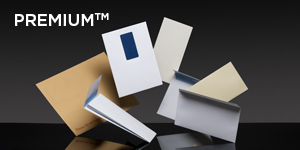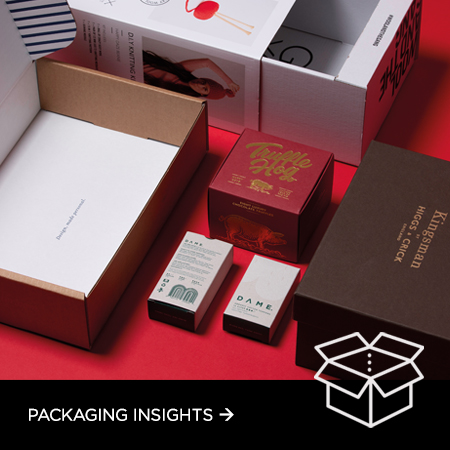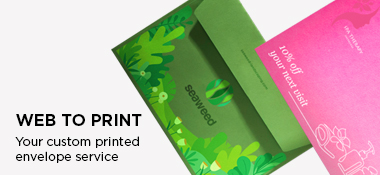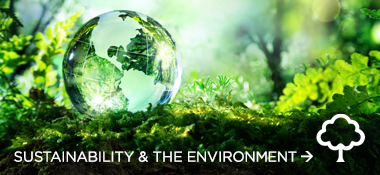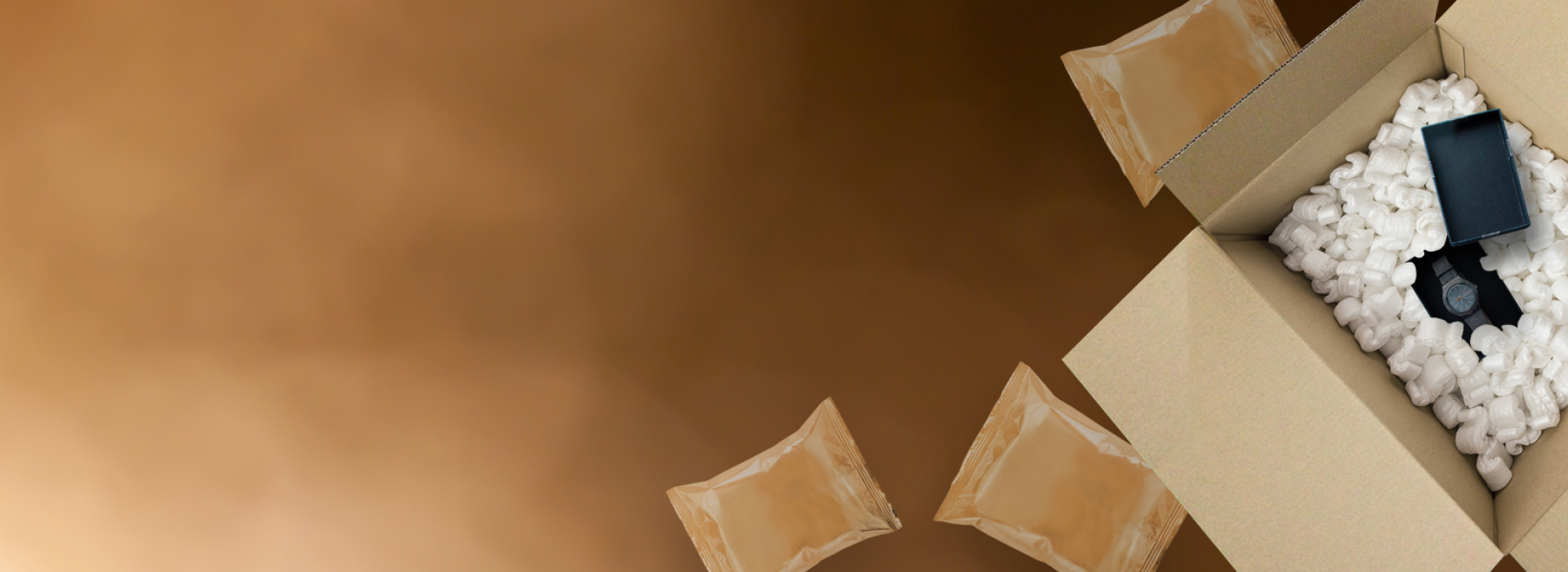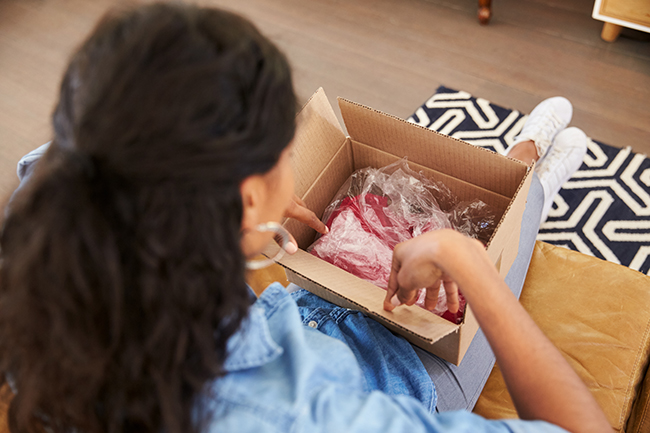Over-PackagingOver-Packaging describes a product that is wrapped in multiple layers of materials, that is either unnecessary or unwanted by the consumer. An example of this is wrapping a small item in plastic, surrounding it with an air cushions, placing it in a box, and then placing that box into a larger box for distribution. Over-packaging is a problem which seems to be on the increase at a time when it really should be on the decrease. The UK produces around 400 million tonnes of waste annually, most of which ends up in landfill sites. Together we can help reduce this waste. It’s high time to reduce overpackaging. While policy makers take a first step with the EU Plastics Strategy, we are joining the challenge for better design. In January 2018, the European Commission released a new set of initiatives as part of the 2018 Circular Economy Package. These include:
|
<br>
|
|
Even though they are not legally binding, all four measures aim to restructure Europe’s current economy model into a more sustainable one. The much anticipated set of measures came as a long-awaited response to European citizens’ call for action on the issue of plastic waste and plastic pollution, as indicated by many Eurobarometers. This demand should not come as a surprise, especially if you consider how much (plastic) packaging the average European citizen uses on a daily basis. Here are a few facts: according to a Eurostat report, in 2014 each European citizen produced on average 162.9 kg of packaging waste. In addition, less than 30 % of the 25 million tonnes of plastic wasteEuropean citizens produce annually is recycled. Based on these facts, it is clear that we are faced with a concerning issue to tackle: the issue of overpackaging. To put it simply, the amount of material used to protect, contain and deliver goods needs to be reduced. This is why the commission wants 55 % of all plastic to be recycled and all the plastic packaging across Europe to be reusable or recyclable by 2030. If you are outraged by the aforementioned numbers, you are right! Just take a moment to think how much – mostly – single use packaging comes your way, sometimes even unwillingly, every day. Let’s take, for instance, small electronics like USB sticks. These products are often very small (around 3- 7 cm) but their packaging can sometimes be 10 times (or more) larger than the actual product. Another example is the “Russian doll” model. A Russian doll is a set of decorative dolls, increasing in size which can be put inside one another. Unfortunately, too many companies apply such a model to packaging, when shipping their online orders. They send their products in a box filled with packing peanuts, placed in another box, and sometimes even a third one is used! Another shocking example is food packaging. Most of the fruits and vegetables sold in supermarkets across Europe come with unnecessary packaging: plastic trays, shrink wrap, styrofoam, plastic cases and bags, just to name a few. It is argued that such excess food packaging is used in order to reduce food waste. However, a new report on food and plastic packaging waste to be released this spring by Zero Waste Europe and Friends of the Earth Europe shows this is not the case. There is no doubt that the time for action on overpackaging is now. The Plastics Strategy is a very encouraging first step and was, generally speaking, welcomed by many, citizens, institutions and organizations. However, it still begs the question of how the implementation of the strategy will come into effect. In this sense, the upcoming legislation will be a good test to see how committed EU decision makers really are to tackle prevent and reduce overpackaging. While the institutions still have a big role to play, each of us can also contribute to tackle the overpackaging challenge. WE HAVE DEVELOPED A RANGE OF PLASIC-FREE
|
|

4 EASY STEPS TO CREATE A SHOCK PROOF PROTECTION SECURE BOX, NO TAPE REQUIRED!





















 Black
Black Purple
Purple Blue
Blue Red
Red Green
Green Yellow
Yellow Grey
Grey White
White Pink
Pink Cream
Cream Brown
Brown Navy
Navy Violet
Violet Lime
Lime Orange
Orange